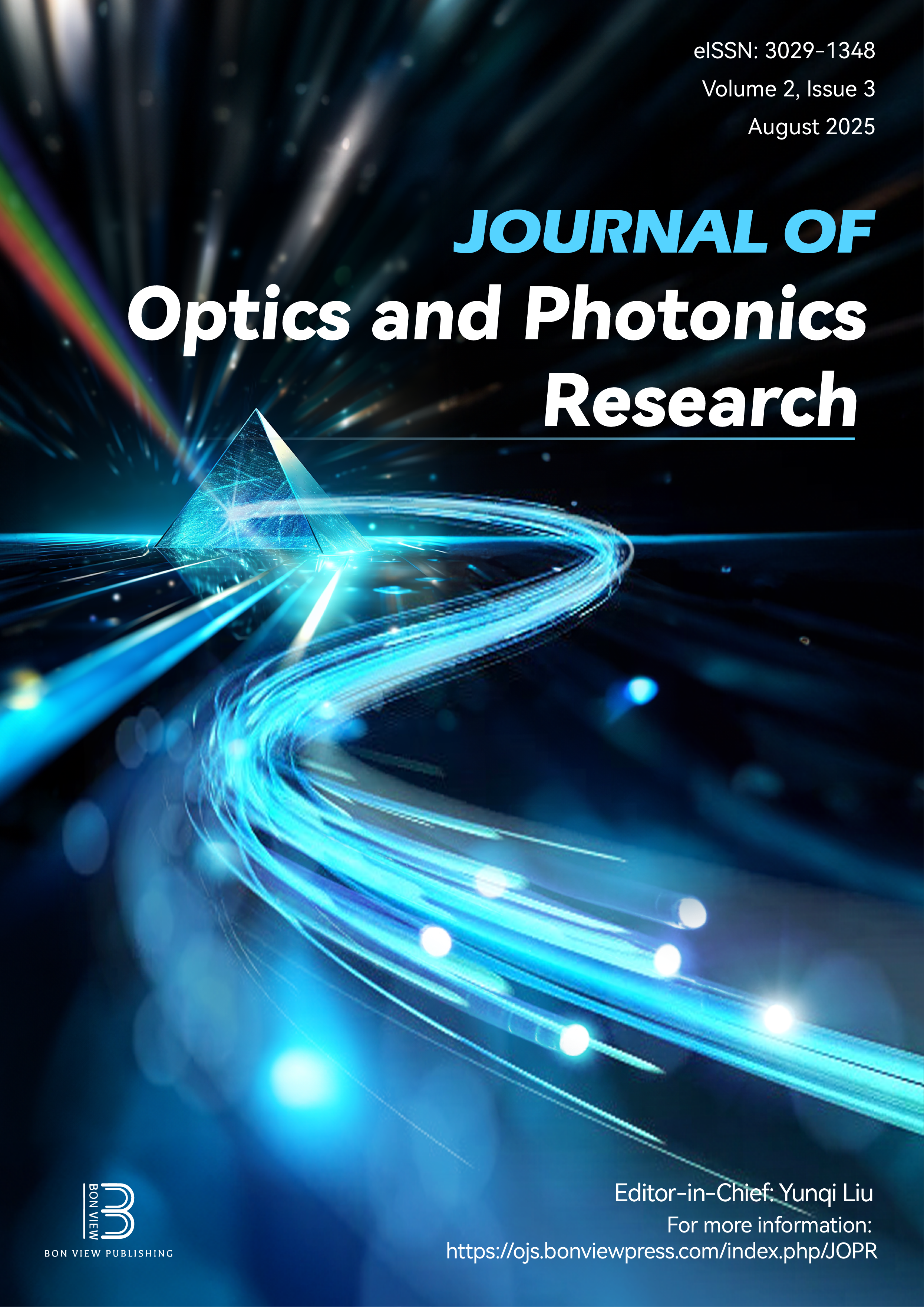Deep Neural Remote Sensing and Sentinel-2 Satellite Image Processing of Kirkuk City, Iraq for Sustainable Prospective
DOI:
https://doi.org/10.47852/bonviewJOPR42022920Keywords:
Sentinel-2, electromagnetic spectrum, geographic information systems, minimum noise fraction, pixel purity index, Sentinel hubAbstract
Sentinel-2 satellites, equipped with board-mounted multispectral payloads, provide images of the Earth in the wavelengths of the electromagnetic spectrum. These sensors can be used on Earth's surface to observe it with a very high spatial resolution, and there is a wide range of near-infrared and non-infrared spectral bands. These spectral ranges allow for a wide array of purposes, like assessing vegetation health land use and land cover changes, coastal and inland water quality assessment, and making disaster maps. In this case study, we mapped and analyzed different types of Sentinel-2 images that imaged Kirkuk city landscape in Iraq. The methodology is based on Artificial Intelligence (AI) analyzing patterns of Sentinel hub data and geographic information systems (GIS)-based mapping. Furthermore, minimum noise fraction (MNF) and pixel purity index (PPI) were applied on each image to enhance the spectral unmixing accuracy which provides higher precise endmember spectra. A deep neural remote sensing has been used for 10 m resolution Sentinel-2 image segmentation of Kirkuk. This produces such a result where features are exactly distinguished and identified. This is performed by automatically detecting and classifying features on the image to provide better identification and estimation. Analyzing received data through Sentinel-2 provides us with the basis to identify such patterns, trends, and insights as key facts supporting urban planning, environmental sustainability, and so much more.
Received: 25 March 2024 | Revised: 31 May 2024 | Accepted: 23 August 2024
Conflicts of Interest
The authors declare that they have no conflicts of interest to this work.
Data Availability Statement
Data are available from the corresponding author upon reasonable request.
Author Contribution Statement
Huda Jamal Jumaah: Conceptualization, Methodology, Formal analysis, Resources, Data curation, Writing – original draft, Writing – review & editing, Visualization, Supervision, Project administration. Aydin Adnan Rashid: Software. Serri Abdul Razzaq Saleh: Validation. Sarah Jamal Jumaah: Investigation.
Downloads
Published
Issue
Section
License
Copyright (c) 2024 Authors

This work is licensed under a Creative Commons Attribution 4.0 International License.


